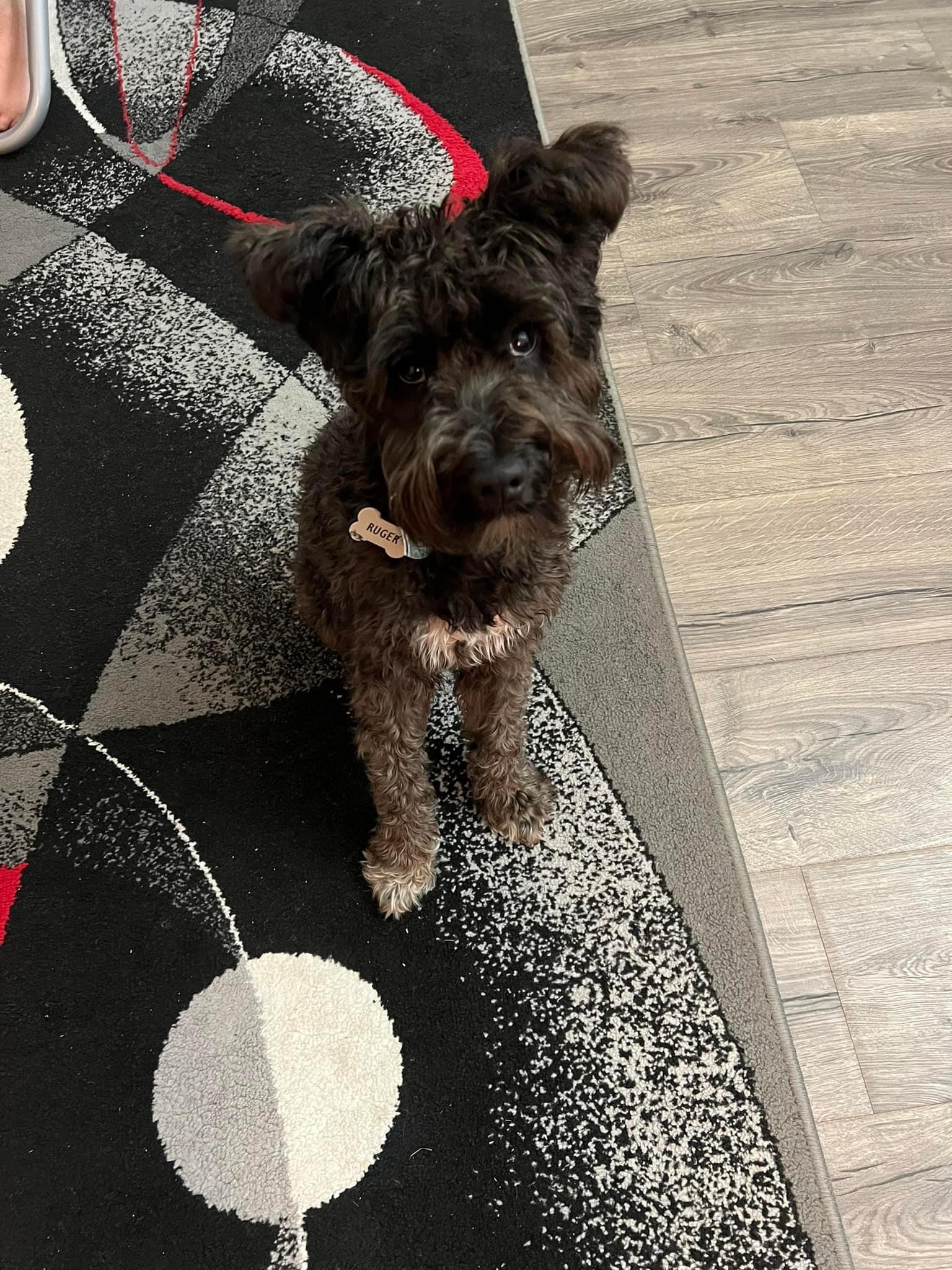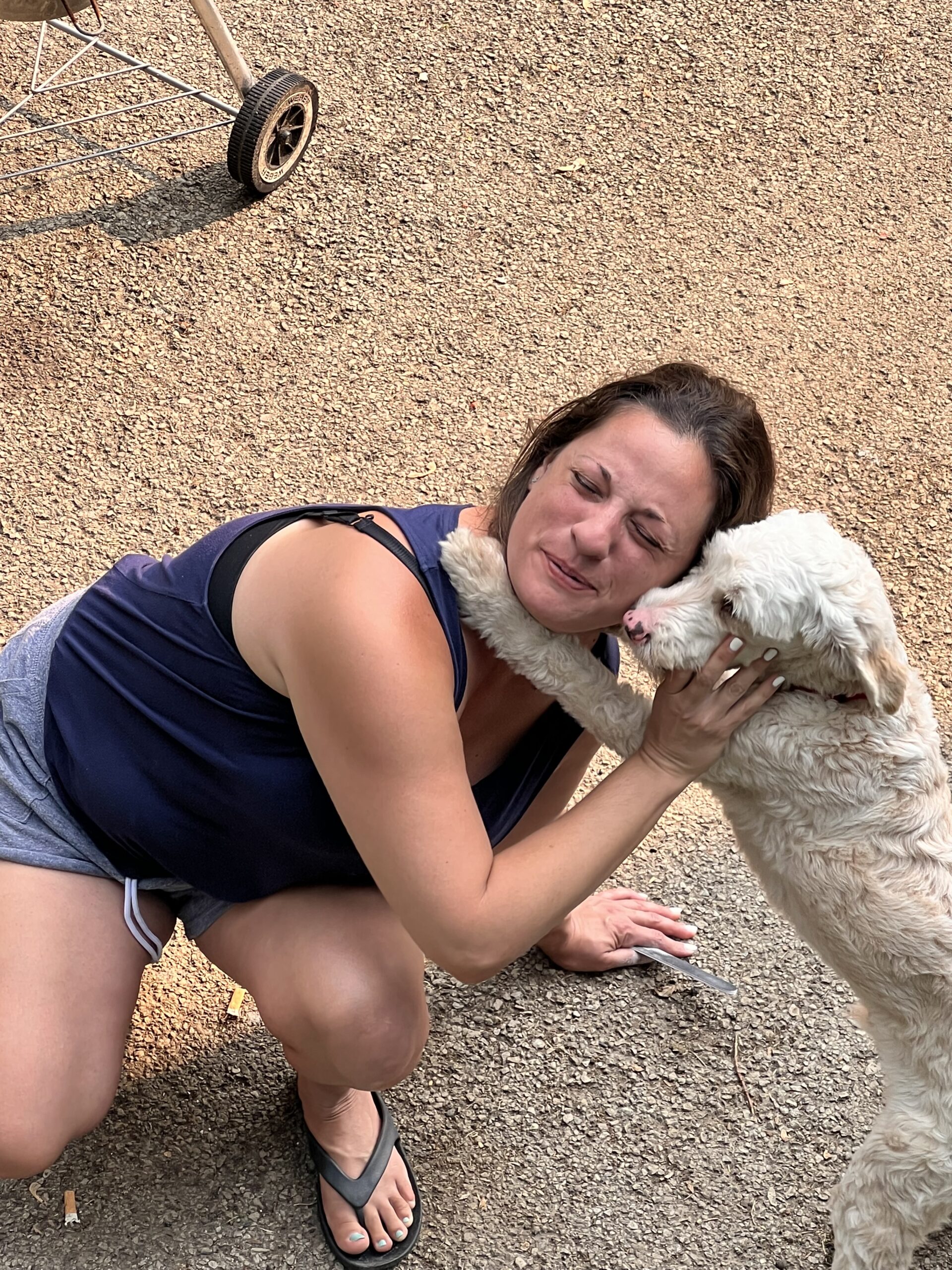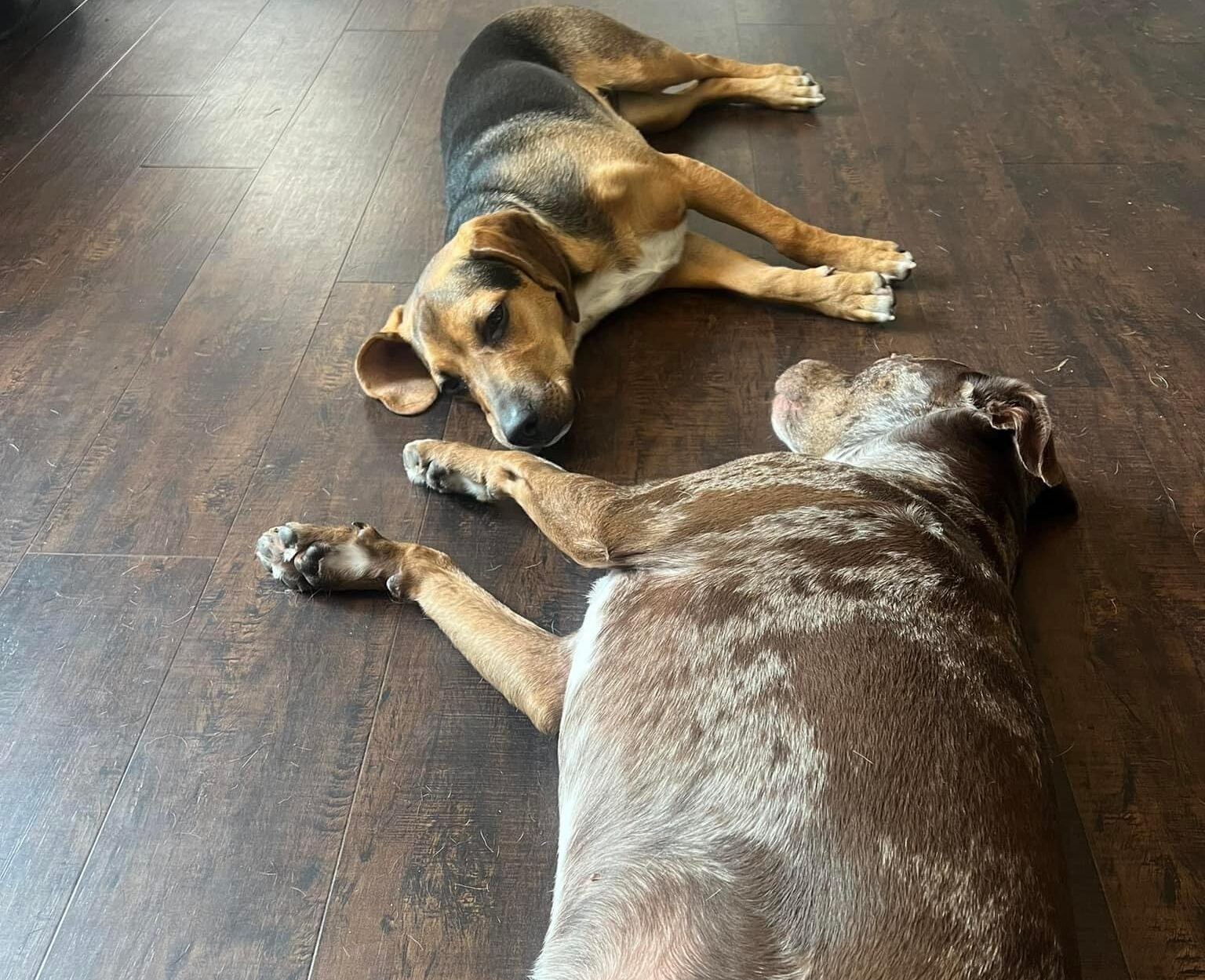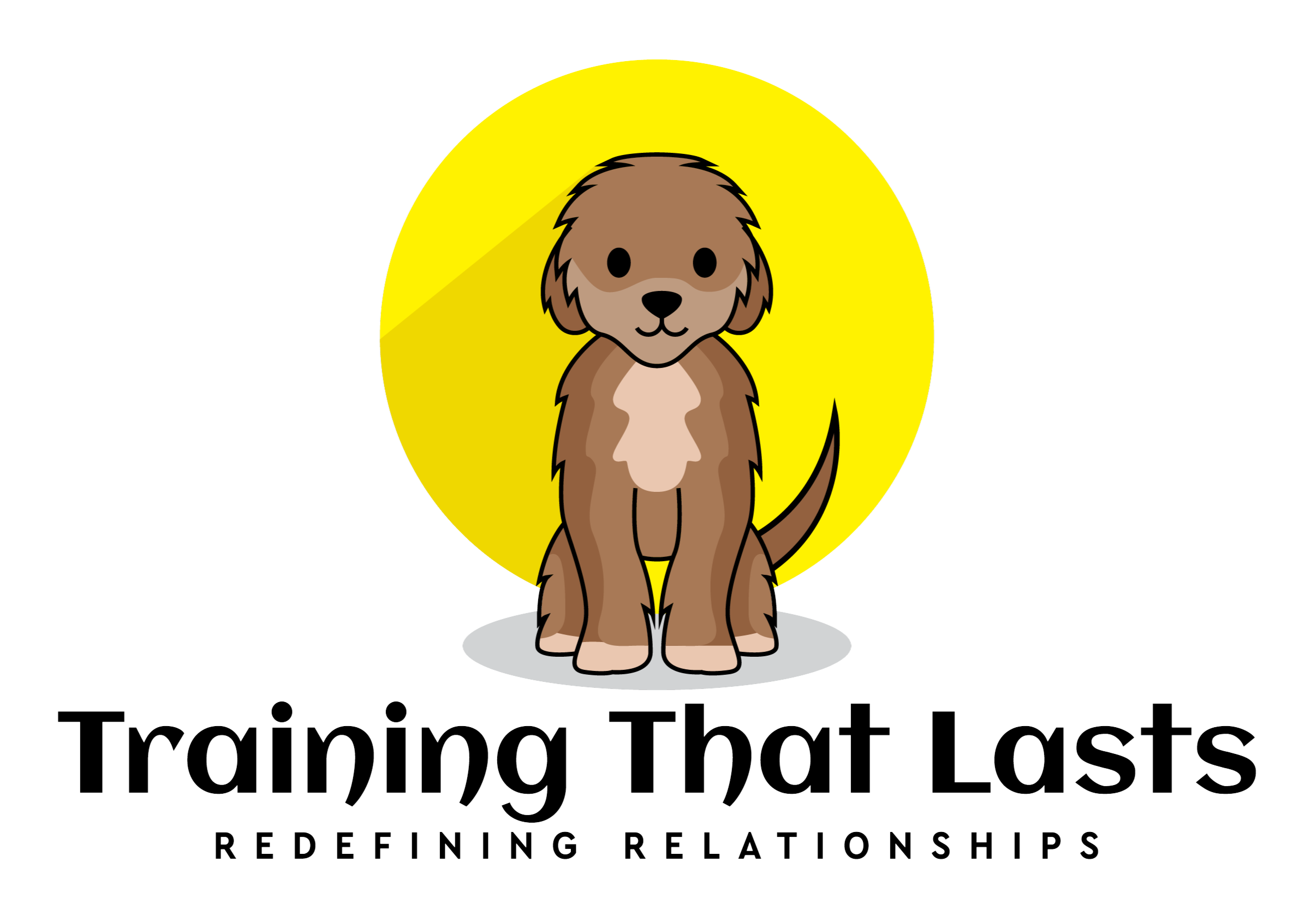Understanding Your Dogs Separation Anxiety
As much as we love our dogs, there are times when we have to leave them alone. For some dogs this separation can lead to intense distress and anxiety. This is known as separation anxiety, and it’s essential for every dog owner to understand its causes and learn how to effectively curb it. We’re dedicated to helping you create an unbreakable bond and healthy relationship with your furry fam.
What is Separation Anxiety?
Separation anxiety is a behavioral disorder that occurs when a dog experiences significant distress and anxiety when left alone. This distress can manifest in various ways, including excessive barking, destructive behavior, excessive drooling, pacing, urinating or defecating indoors, and even attempts to escape. These behaviors are often more than just mischief. They’re the result of genuine fear and anxiety that your dog is experiencing due to your absence.
It’s a common problem that many dog owners face. It is a condition where dogs become anxious and distressed when left alone or separated from their owners. This behavior can lead to destructive behavior like chewing, digging, and barking excessively. To understand separation anxiety in dogs, it is essential to understand canine psychology. Dogs are social animals and have an inherent need for companionship.



Understanding The Causes and How To Curb Their Anxiety
To effectively address separation anxiety, it’s important to understand its underlying causes. They form strong bonds with their owners and feel safe when they are around them. When they are left alone, they feel vulnerable and anxious. It can be triggered by various factors such as changes in routine, trauma, or lack of socialization during puppyhood. It’s important to recognize the symptoms of separation anxiety in dogs early on so that you can help your pet overcome this condition.
Attachment to the Owner: Dogs are pack animals and naturally form strong attachments to their owners. When they are suddenly separated from their pack (you), they can experience anxiety.
Change in Routine: Dogs thrive on routine. Any sudden changes, such as a shift in your work schedule or a move to a new home, can trigger anxiety.
Past Trauma: Dogs that have experienced previous abandonment or traumatic situations may be more prone to separation anxiety.
Lack of Socialization: Dogs that haven’t been properly socialized from a young age may struggle with being alone, as they’re not used to it.
Coping Strategies: Addressing separation anxiety requires patience, understanding, and consistent training. Below are some strategies to help curb separation anxiety in your dog.

How Can You Help Them Through?
Desensitization: Gradually expose your dog to being alone for short periods, then gradually increase the time. This helps them learn that you’ll always return.
Create Positive Associations: Make your departures and arrivals low-key. Provide treats or toys that your dog enjoys only when you’re leaving, so they associate your departure with positive things.
Practice Independence: Encourage your dog to spend time alone even when you’re home. This helps them understand that being alone isn’t always a negative experience.
Interactive Toys: Provide toys that dispense treats or keep your dog engaged. This can distract them and keep them occupied in your absence.
Be Patient and Consistent, It'll Take Time
Curbing separation anxiety takes time and consistent effort. It’s essential to remain patient and avoid scolding your dog for their anxiety-driven behaviors, as this can worsen the problem. By gradually helping your dog build confidence and a positive association with being alone, you can create a more peaceful and stress-free environment for both you and your dog.
Training That Lasts is committed to providing you with the guidance and tools you need to nurture a healthy relationship with your dog. By understanding the roots of separation anxiety and implementing effective training techniques, you can help your dog overcome their fears and lead a happier, more balanced life.
Long-Term Solutions For Separation Anxiety
Improving your dog’s behavior in the long-term requires dedication and patience. Separation anxiety is a complex issue that may require a combination of behavior modification, training, and maybe the help of a professional trainer. If this is where your at, consider filling out our behavior consultation form and we will follow up. One of the most effective long-term solutions for separation anxiety is desensitization training. This involves gradually exposing your dog to situations that trigger their anxiety, starting with mild triggers and slowly increasing the intensity over time.
Another important aspect of improving your dog’s behavior is establishing a consistent routine that includes exercise, mental stimulation, and plenty of positive reinforcement for good behavior. Remember that improving your dog’s behavior takes time and effort, but with the right approach, you can help your dog overcome their separation anxiety and live a happier life together.
Share Training That Lasts With Your Friends On Your Social Media
By sharing Training That Lasts, you’re not just promoting our dog training – you’re promoting happier homes, stronger friendships, and a richer understanding between humans and their canine companions. Redefining Relationships!


5 Responses